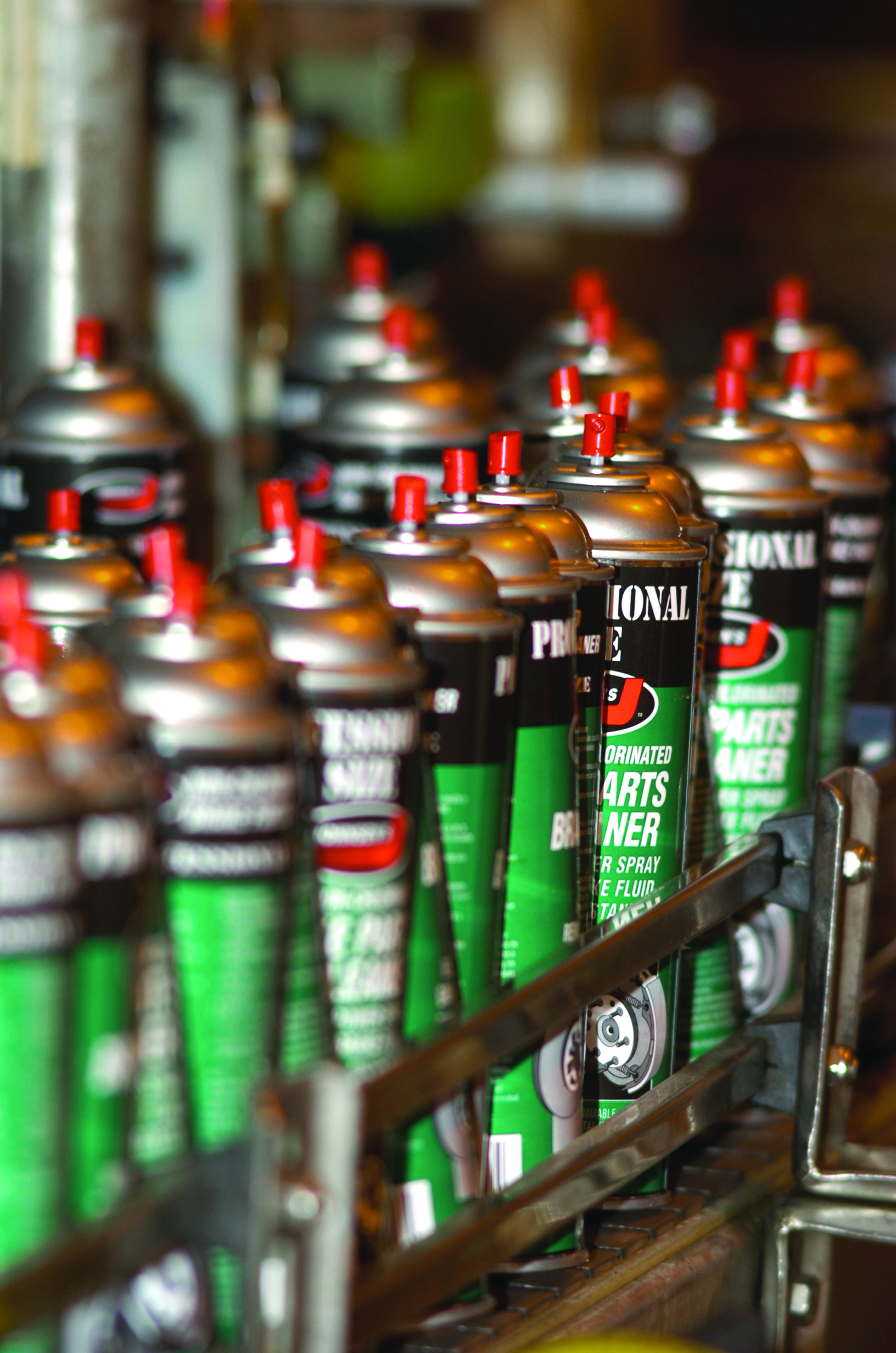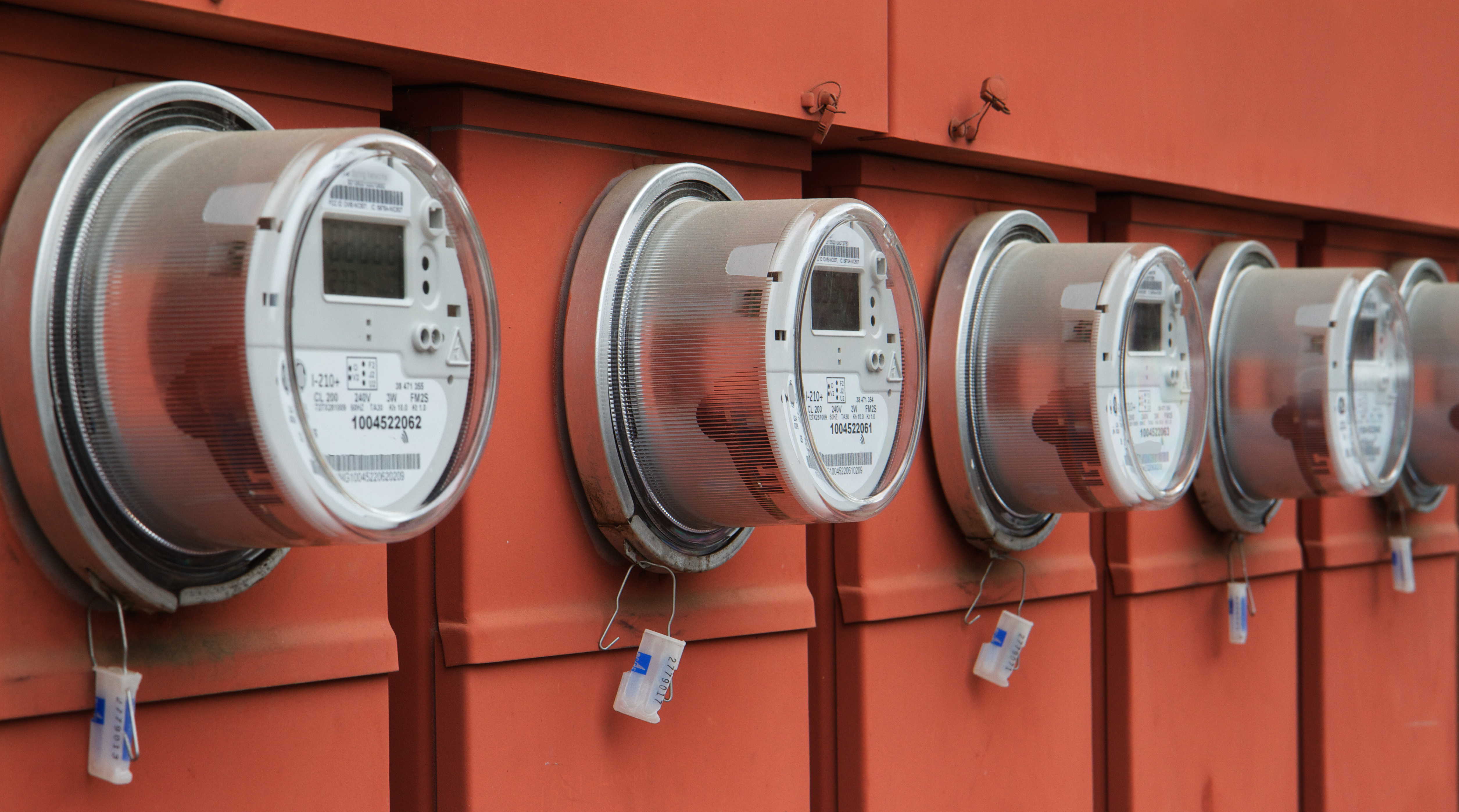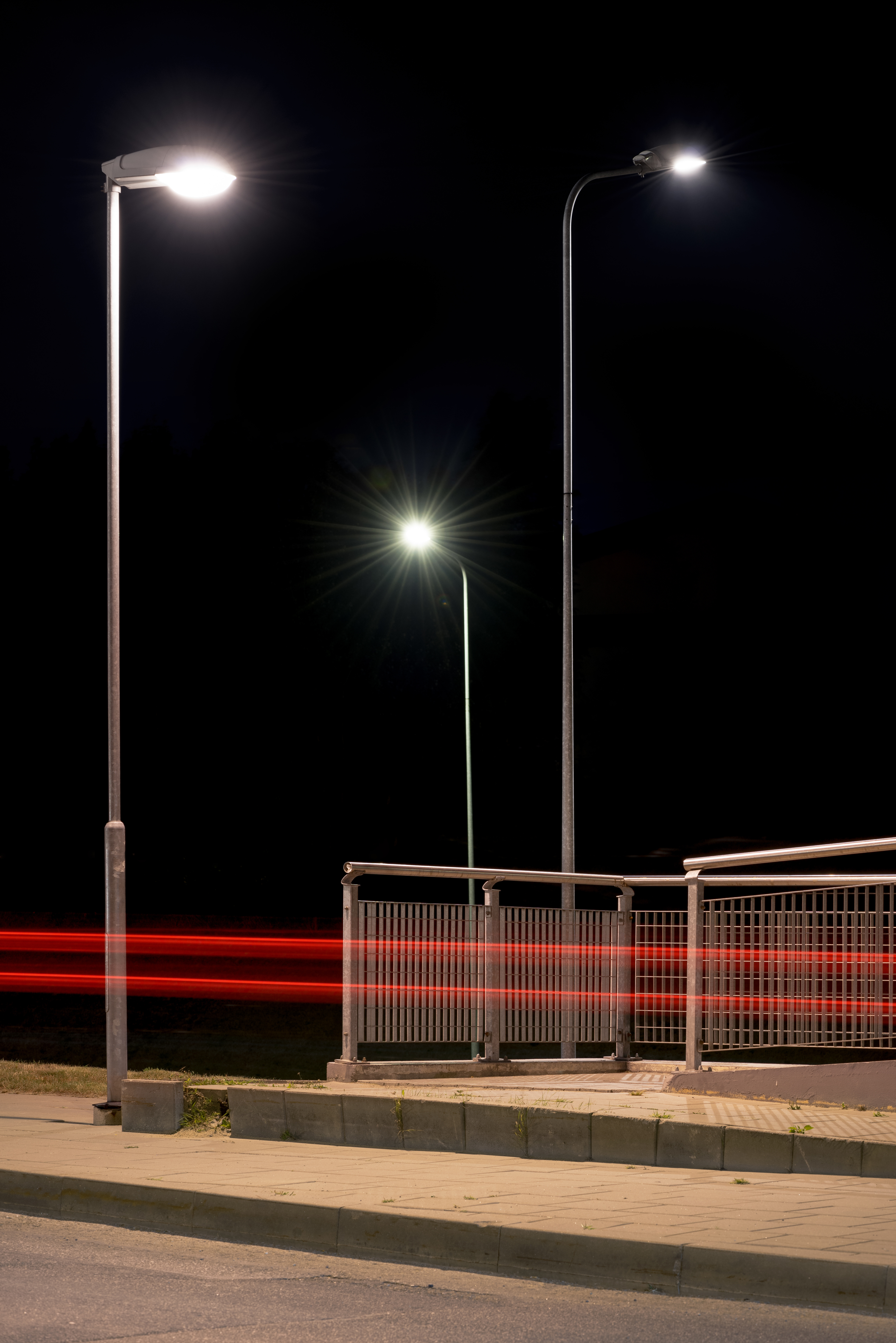WE SERVE TO HELP OUR BUSINESS MEMBERS BE PROFITABLE AND SUCCESSFUL
 United Cooperative Services has a rich history in providing unmatched service for commercial and industrial companies. It’s one thing to claim to offer the best service. It’s another to back it up. That sentiment thrives throughout the cooperative and is a visible characteristic of each employee who demonstrates what we call the United Advantage. We welcome the opportunity to serve your business and re-introduce you to personalized service. Please contact our business development team at (817) 782-8326.
United Cooperative Services has a rich history in providing unmatched service for commercial and industrial companies. It’s one thing to claim to offer the best service. It’s another to back it up. That sentiment thrives throughout the cooperative and is a visible characteristic of each employee who demonstrates what we call the United Advantage. We welcome the opportunity to serve your business and re-introduce you to personalized service. Please contact our business development team at (817) 782-8326.
Because United operates under a not-for-profit status, and is owned by the members it serves, the cooperative is in the advantageous position of focusing on providing superior service, rather than profit. Since its inception, United has made exceptional service its number one objective.
The cooperative business model, by its very nature, is defined as one owned by the people who benefit from its service. Nothing demonstrates that our members are owners more clearly and succinctly than when they receive a capital credit check, or as we refer to them at United, member dividends. When members pay their electric bill each month, they’re not only paying for the service, but investing in the company in which they partly own. As a result of that equity stake in the business, United members share in cooperative margins. After paying for all operating costs for the fiscal year, members may receive a part of the money left over, which comes in the form of member dividends. In 2016, $5.1 million dollars in member dividends were distributed to the membership. Since the cooperative was created, it has retired more than $60 million in member dividends.
WE CAN HANDLE LARGE LOAD REQUIREMENTS FOR OUR INDUSTRIAL MEMBERS
United Cooperative Services (United) thanks you for the opportunity to be your electric provider. In order to provide you with the efficient, high-quality service that you expect and deserve, we require that you supply the following information to the Cooperative prior to the commencement of the design, field staking and construction of the electrical distribution system requirements for your facilities.
Step One - Design
-
Final load study for your site.
Although United stocks a large inventory of equipment, some electrical equipment – such as transformers and certain metering equipment – are special ordered and can have significant lead times. Also, in some cases the addition of significant electrical load can result in the need for substation capacity increases and/or major electrical distribution facilities modifications which can require 6-12 months to design and implement. Due to these potential circumstances, it is extremely important that a final load study be supplied as soon as possible so that the initial design can be completed, the necessary equipment can be ordered, delivery schedules can be ascertained and all necessary electrical facilities can be modified to support your new load.
-
Site plans and one-line electrical diagrams (if available) for the location.
-
Electrical data for any large equipment or motors (see motor start requirements in tariff) that will be utilized. This data should include equipment size, nameplate information and start-up design requirements. This information is necessary to review the potential power quality impact of the equipment.
-
Contact information for general and/or electrical contractors.
Once all of the initial information is provided, United will provide an initial electric utility design for your facility, as well as an estimated cost for the facilities. This design and cost estimate can usually be provided within 5 to 10 business days from the time all required information is received.
Step Two - Field Staking
Upon completion of the initial design, United will require the submission of the following information before field staking can commence:
-
Cooperative-approved right-of-way easements on the property for the electrical distribution facilities.
-
The required contribution in aid to construction monies for the project.
-
Survey points for grades, lot corners, and other locations reasonably necessary for installation of the electric system.
-
Location of all Member-owned underground facilities on the project site.
Step Three - Construction
Once field staking is complete you will be notified to review and approve the final design of the electrical utilities. Upon approval of the final field design, United will schedule the construction of the electrical distribution facilities.
Please Be Aware:
-
Any costs associated with changes that are made by the Member or its contractors to the electrical utility design after the approval of the final design is received will be assumed by the Member.
-
Any changes to the electrical load requirements at your facilities after the initial design has been provided may result in lengthy delays (6-12 months) to your project depending on the availability of equipment.
Essential Forms
New Commercial Development Service Request - Commercial Development
Tariff and Line Extension Policy for Commercial/Industrial Loads
UNDERSTANDING DEMAND AND DEMAND CHARGES
 “Demand” is the total amount of electricity being used by a consumer at any one time. Demand varies from hour to hour, day to day and season to season. This usage, which is expressed in kilowatts (not kilowatt-hours), is called the “demand” on the system.
“Demand” is the total amount of electricity being used by a consumer at any one time. Demand varies from hour to hour, day to day and season to season. This usage, which is expressed in kilowatts (not kilowatt-hours), is called the “demand” on the system.
United Cooperative Services monitors demand on a continuous basis over 15 minute periods. The customer is charged for the highest 15 minute average recorded on the demand meter. After we read the meter each month, demand is reset to zero and the meter starts over, recording the highest 15 minute average for the next billing period.
What is Demand Charge
Demand charge is based on each customer’s maximum 15-minute demand on the cooperative’s distribution system each month. Demand is measured in kilowatts (kW). Customers are billed according to kW of demand for their rate.
To illustrate how demand charge can affect an electric bill, let’s look at two examples:
Both examples above use the exact same amount of energy (20 kWh) and perform the same amount of work. However, the resulting bills will be very different.
Why So Different?
The actual energy (kWh) used is the same and the actual work done is the same. The difference between the bills is based entirely on the highest demand recorded during any given 15 minute period that month.
Why Use Demand Charges?
Demand charges are the way United pays for the generation and distribution capacity it needs to meet peak demand that occurs from time to time. The demand charge your co-op pays to Constellation Energy, our wholesale power supplier, is also calculated on the basis of the highest demand during the month. United uses the same method to bill demand to its demand-rate customers.
Who Incurs Demand Charge?
All customers who require three-phase electric service and are on United’s three-phase rate.
Are Demand Charges Unique to United Cooperative Services?
No. Demand charge billing is used consistently in the electric utility industry.
How Can Demand Charges Be Reduced?
To reduce demand charges, simply examine your facility’s operation.
What Energy-Efficiency Improvements Can Be Made?
Does all equipment need to be running at the same time? If not, what equipment can be
turned off while other equipment is running?
For more information on lessening your monthly demand charge, consult the energy experts at United Cooperative Services.
Is There an Alternative to Three-Phase Service and Demand Charges?
Many small motors can be operated using a phase converter which allows a three-phase motor to be run with single phase power. Also, there are companies that make motors up to 100 hp that can be run off single phase power.
To find the solution that is best for you, consult an electrician or electric supply company.
When is Three-Phase Service Not in Your Best Interest?
If you operate your three-phase equipment infrequently (maybe only a couple hours a month, it is most likely not in your best interest to have three-phase electric service.
The demand charge incurred will be much higher than your usage charges.
If you are unsure of what your options may be, contact United Cooperative Services, and our energy experts will answer your questions.
Energy Expert Contact
Seth Rosser
Energy Solutions Manager
email: energyaudits@ucs.net
DON'T BE LEFT IN THE DARK ABOUT UNITED'S AREA LIGHTS
 United Cooperative Services strives to provide the latest innovations to the members it serves, while adhering to federal and state regulations and policies. Commitment to our members is an everlasting principle and serves as a constant reminder to all that being part of a not-for-profit electric cooperative has advantages. At United, our employees continually offer members information on products, services and industry issues that could affect how they use the electricity we deliver.
United Cooperative Services strives to provide the latest innovations to the members it serves, while adhering to federal and state regulations and policies. Commitment to our members is an everlasting principle and serves as a constant reminder to all that being part of a not-for-profit electric cooperative has advantages. At United, our employees continually offer members information on products, services and industry issues that could affect how they use the electricity we deliver.
Changes in federal policy regarding area lights have led to a transition in how we address this specific area of our service portfolio. Through the information below, we hope to ensure that United members are fully informed on changes to area light policies.
Key Facts
- The Energy Policy Act of 2005 prohibits manufacturing or importing traditional Mercury Vapor (MV) lamp ballasts as of Jan. 1, 2008.
- Many of the area lights on United’s system have either a bluish-white light (which are Mercury Vapor, or MV, lamps) or an amber-colored light (which are High Pressure Sodium, or HPS, lamps). Years ago, United utilized the MV light exclusively up until changes were brought to our industry via the Energy Policy Act of 2005. This act dictated that we move away from the MV light completely and begin using the amber (HPS) light because it is more efficient than its predecessor. The tradeoff was that the HPS is somewhat less reliable and many find the amber color to be less appealing. Technology advancements and manufacturing techniques have now improved LED lighting so that they are now efficient, economical, and reliable. The LED area light also produces white light that many people have missed since United was forced to move to the HPS.
- United will use LED lamps as a replacement for both the MV and HPS options no longer offered.
- If an existing MV or HPS ballast fails, United must replace the area light to support LED.
- An environmental fee could be assessed in the future for the disposal of MV bulbs.
Key Benefits of the change to LED Area Lights
- LEDs have longer life expectancy, produce very little heat, contain no mercury, are shock and vibration resistant, and can operate effectively in extremely cold conditions.
- LED lights produce more light-at the same cost-than the MV lamps
- LED lights are being offered at the same unit price as their equivalent HPS light
- The LED lights were chosen to fit the same light patterns as previous area lights.
Dark Sky Options
United’s LED fixtures provide a Dark Sky-compliant option if members would prefer to switch from their existing MV and HPS non-Dark Sky fixture. United may assess a trip fee to switch a working MV and HPS fixture to a LED area light.
Pricing Information
The pricing options are available in Section II of
Looking Out for the Membership
The transition to LED lamps from MV and HPS lamps will be an ongoing effort. As always, United will continue to keep members fully abreast of changes to all federal and state industry policies and regulations. As those changes occur, we will offer innovative solutions, such as we have by providing LED lamps.





